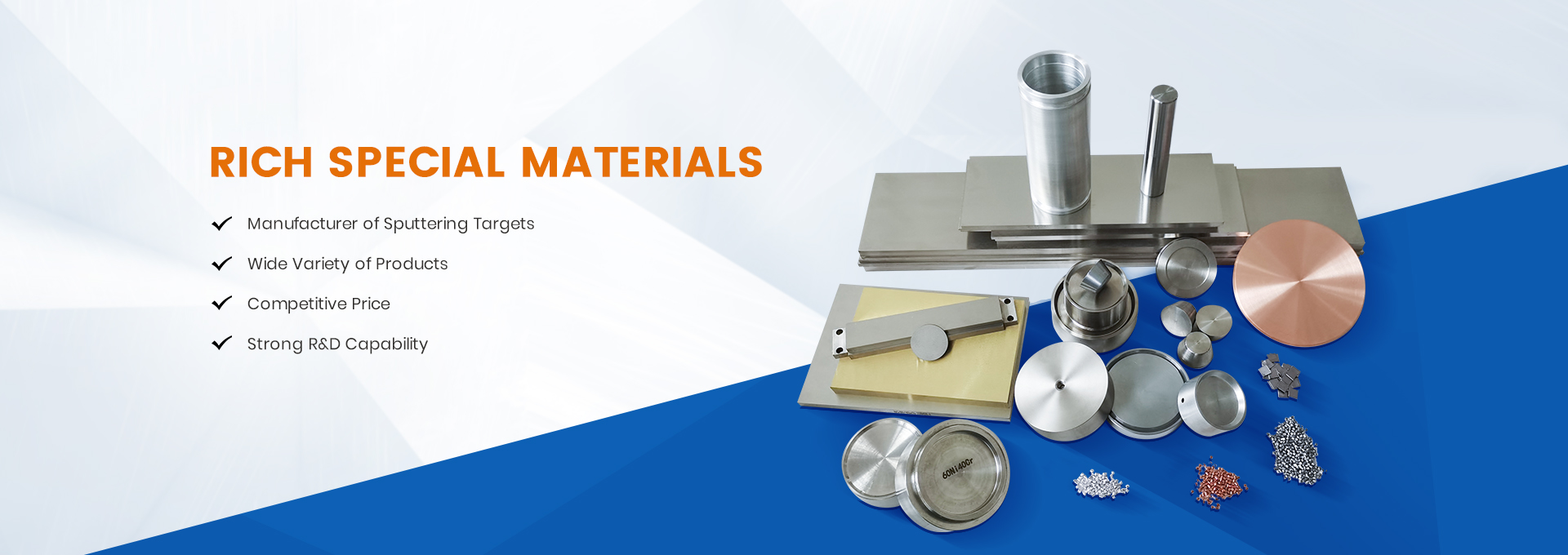Many metals and their compounds must be made into thin films before they can be used in technical products such as electronics, displays, fuel cells, or catalytic applications. However, “resistant” metals, including elements such as platinum, iridium, ruthenium, and tungsten, are difficult to turn into thin films because extremely high temperatures (often over 2,000 degrees Celsius) are required to evaporate them.
Typically, scientists synthesize these metallic films using methods such as sputtering and electron beam evaporation. The latter involves the melting and evaporation of the metal at high temperatures and the formation of a thin film over the plate. However, this traditional method is expensive, consumes a lot of energy, and can also be unsafe due to the high voltage used.
These metals are used to make countless products, from semiconductors for computer applications to display technologies. Platinum, for example, is also an important energy conversion and storage catalyst and is being considered for use in spintronics devices.
Post time: Apr-26-2023



